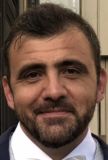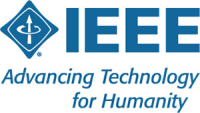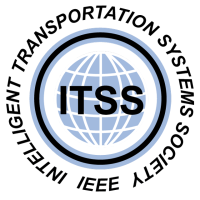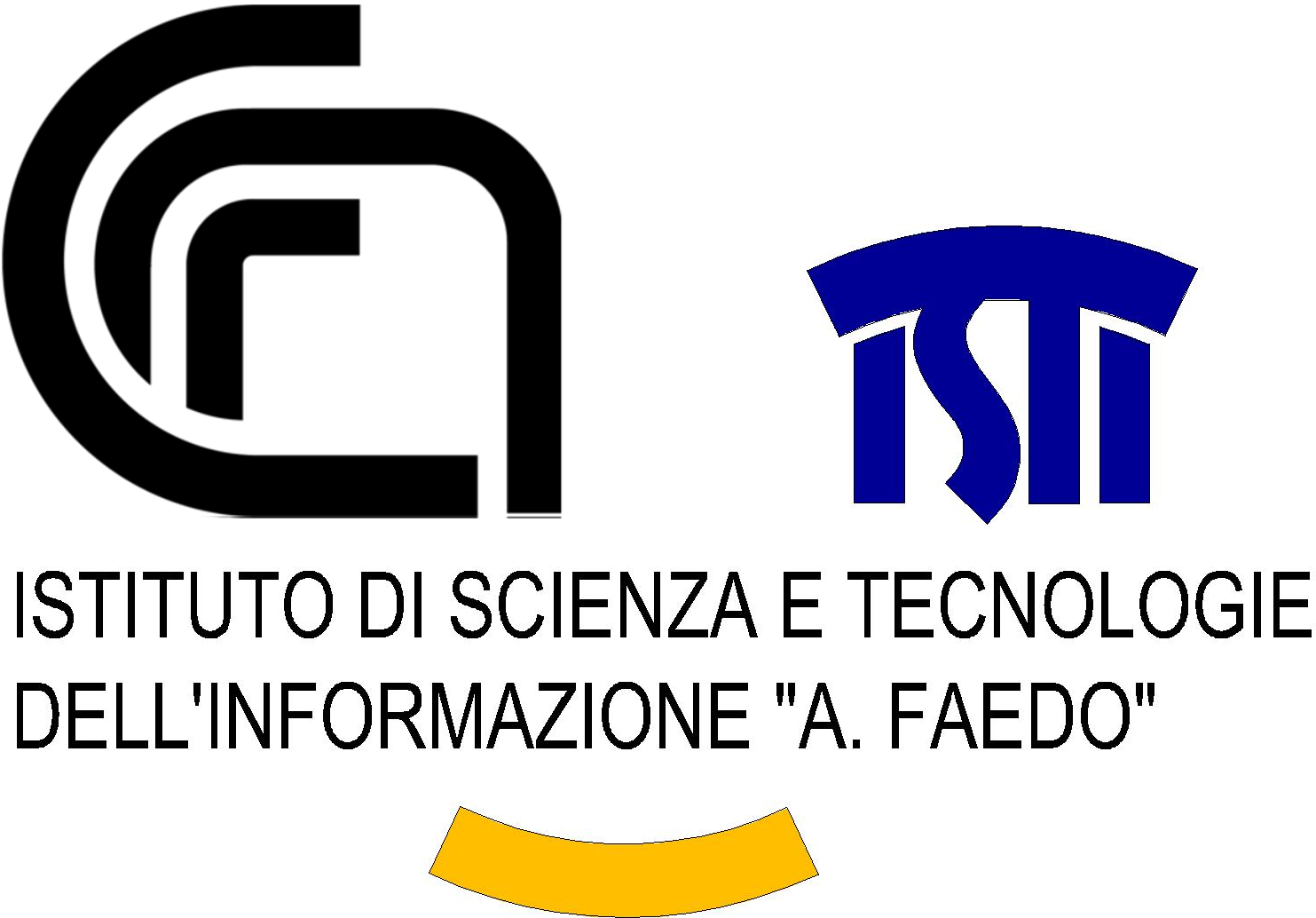Keynotes
Keynote speeches held by renowned experts.
Reliability and error traceability in the BlueGPS platform
Domenico Mariotti
Synapses for Siemens Italia (IT)

Whether based on positioning or proximity, validating the use of a localization system within a real project is not primarily a matter of performance: the main index to consider is reliability.
First, I will discuss how reliability allows classifying different localization systems by abstracting from the single technologies and choosing the best one, based on the project requirements.
Second, I will show real cases selected between BMS and Industry 4.0 systems, in which we have used the “reliability/use case" logic. We will see how, project after project, we can also speak of an "error reliability" because, just like a car during crash tests, our division must also take care of this, to determine the causes that can generate an error, know how to reproduce it, study it and solve it.
This aspect is fundamental in B2B and in the evolution of filters able to improve the performance of the BlueGPS platform, to win the trust of those who will use and build services on the localization information that we are providing.
Domenico Mariotti collaborates with Siemens Italia, where he focuses on accelerating the indoor location market penetration with BlueGPS platform, evangelizing the benefits of location across a wide range of use cases and industries, including manufacturing, healthcare, sports, supply chain and logistics, security and others.
Prior to entering the indoor location arean, Domenico was Solution Architect at Nokia for the IP Multimedia Subsystem (IMS) and cellular communications engineer at TIM.
Testing of indoor localization and tracking systems
Nader Moayeri
National Institute of Standards and Technology (US)

It is difficult to compare the performance of indoor localization systems, because there is a large variety of such systems. Distinguishing factors include use of infrastructure in the environment, need for site-specific training and calibration prior to use, and reliance on building floor plans, to name a few. In addition, such systems should be tested in large buildings and under various mobility modes, or else the test results may be unreliable. The international standard ISO/IEC 18305, Test and evaluation of localization and tracking systems (2016), addresses these issues and many more.
In the first part of this talk, we review the contents of the standard and we explain why certain things were treated the way they were in the standard. In the second part of the talk, we provide examples of using the standard to evaluate a few commercially available indoor localization systems. Specifically, we present performance results of location apps in Android phones and iPhones and how they can be effective in the context of E911 calls. Time permitting, we also present a comparison of ultra wideband (UWB) technology and the recent IEEE 802.11mc standard for RF ranging. These examples already show the usefulness of the ISO/IEC 18305 standard.
Nader Moayeri has been with the National Institute of Standards and Technology (NIST) since 1997, where he founded the Wireless Communications Technologies Group and managed it for 11 years. His present research interests are in wireless networking, indoor localization and tracking, and IoT/CPS.
He was with the Imaging Technology Department at Hewlett-Packard Laboratories, Palo Alto, CA, from 1994 to 1997 and on the faculty of the Department of Electrical and Computer Engineering at Rutgers, The State University of New Jersey, from 1986 to 1994. He received a Ph.D. in Electrical Engineering-Systems from the University of Michigan in 1986.
RF is the new light: sensing, localization and privacy
Neal Patwari
Washington University (US)

Typically we consider RF and light as separate phenomena, as the devices for, and properties of, the two are quite separate. In this talk, we present how we might expand our view of RF sensing, localization, and privacy by using an analogy to how these same topics are experienced with light. We hope this analogy allows us to "see" new possibilities for RF. We describe several applications of RF sensing in this frame, including health monitoring, gesture and activity recognition, device-free localization, and RF device localization. We discuss a new open source RF sensing device, using low-cost standard parts, intended to provide high-accuracy RF sensing but using much less bandwidth, and describe its capabilities in sensing and localization applications. These and other recent RF sensing developments from our research community have significant privacy implications. We describe how to analyze the capabilities of attacks, as well as how we can analyze potential means to make our devices safer from such attacks.
Neal Patwari is a Full Professor at Washington University in St. Louis in the Department of Electrical and Systems Engineering and the Department of Computer Science and Engineering. He directs the Sensing and Processing Across Networks (SPAN) Lab, which performs research at the intersection of statistical signal processing and wireless networking, for improving wireless sensor networking and RF sensing. His research perspective was shaped by his BS (1997) and MS (1999) in EE at Virginia Tech, his research work at Motorola Labs, and his Ph.D. in EE at the University of Michigan Ann Arbor (2005). He has helped start two companies, Xandem, and Vita Sensors, which develop and sell RF sensing products. He received the NSF CAREER Award in 2008, the 2009 IEEE Signal Processing Society Best Magazine Paper Award, and the 2011 University of Utah Early Career Teaching Award. He has co-authored papers with best paper awards at IEEE SenseApp 2012 and at the ACM/IEEE IPSN 2014 conference. Neal serves on technical program committees of conferences in wireless and sensor networking such as IPSN, MobiCom, SECON, and SenSys.



























